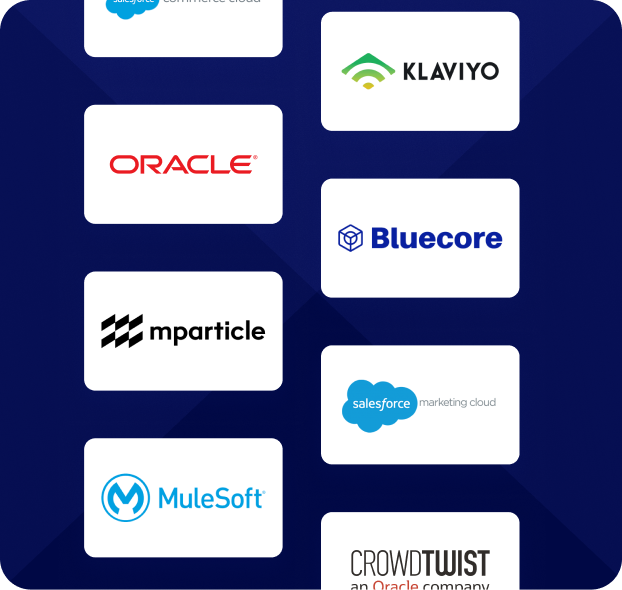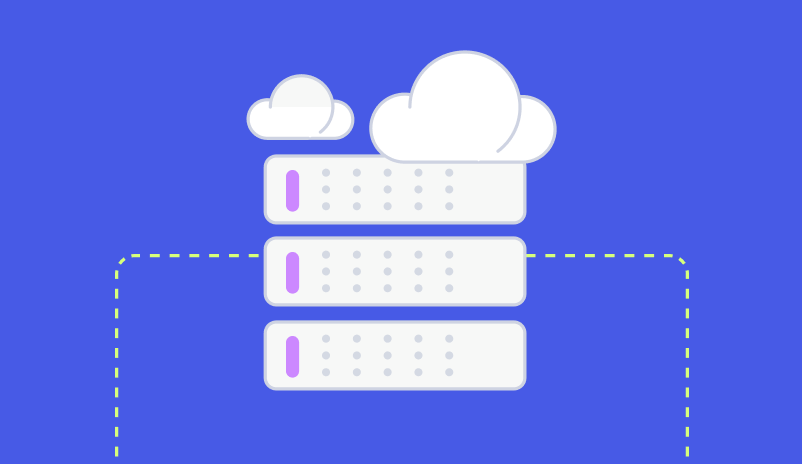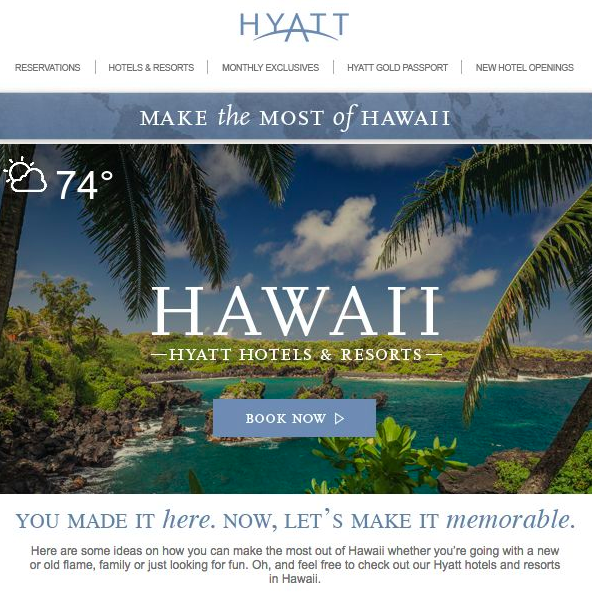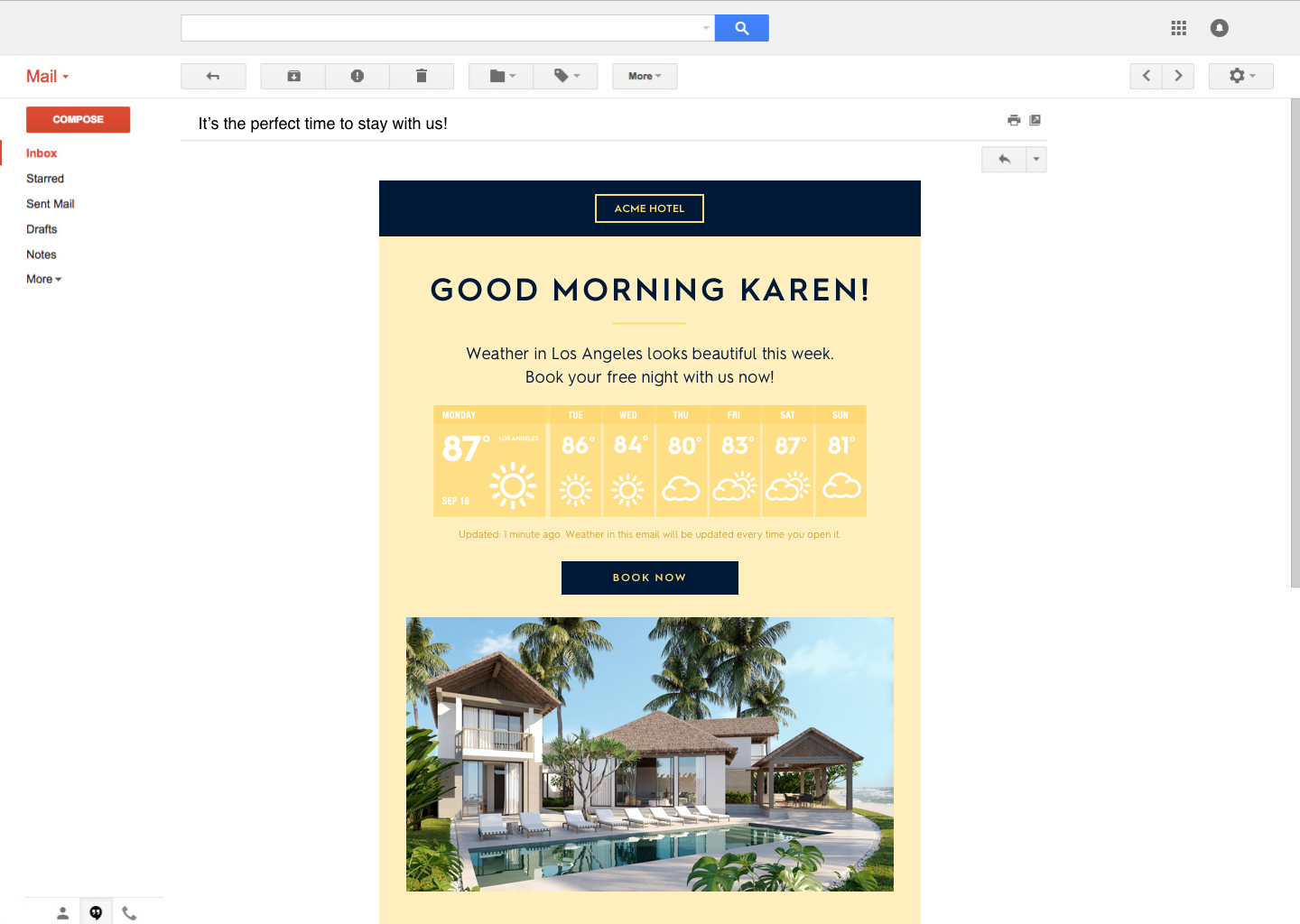How Many Abandoned Cart Emails Should You Send?
If there’s anything you want to understand about abandoned cart emails, it’s that they work.
A study from Salesforce a few years ago showed that of the brands that sent out abandoned cart emails, 60% of those emails resulted in a purchase within 24 hours of sending.
For brands that are using abandoned cart emails, which were only 15% of retailers in this study, sending these emails is a pretty easy way to reengage your audience and get them to buy again.
So once you’ve jumped on the bandwagon, it’s time to start thinking about your strategy, including figuring out how many abandoned cart emails you want to send in your campaign.
In this post, we’re going to guide you through what you should think about as you come up with the campaign that best works for you and your customers.
Why you should send more than one abandoned cart email
Spend about 17 seconds online, and you’ll realize how easy it is to get totally distracted.
It happens all the time. Customers will be on your site, ready to buy, and they’ll get a text or see a Tweet, or someone will call them to jump on a Zoom meeting.
In a second, their cart gets forgotten, and they move on with their days.
But, that cart shouldn’t be forgotten by you, in fact, it’s an opportunity to get back in front of your customer and convince them to take action — buy that stuff they wanted.
Sending out one abandoned cart email is the low hanging fruit. You can get re-engagement and customers clicking again…
If they see the email.
The problem is, the inbox is crowded. You know this yourself. And sending out one single abandoned cart email and calling it a day is still leaving potential dollars on the table.
Which means you want to send more than one email, you want to create a series of emails.
The benefits of multiple abandoned cart emails
The main reason why you want to send more than one email alerting your customer of their abandoned cart is it’s just another way to get in front of them.
With multiple emails, you have a couple of chances to win them over and get them clicking. Plus, building out a series of a few emails means you have the opportunity to sweeten the pot and switch up offers.
That means you can use your abandoned cart series in a bunch of cool ways. Instead of just sending the same plain boring reminder three or five times, you can make things fun and interesting and see what clicks.
Use your emails as a way to track the behavior of your customers. If you see that email three is driving all sorts of sales, then you’ve come across a winner.
You can also use them to drive different results too. For example, let’s say you find that offering free shipping in one of the follow-up emails is the main driver of getting customers to buy. Then it’s probably good to have a conversation with your team about offering free shipping from the start.
So how many emails should you send?
The conventional wisdom of experts here hovers around three to five emails in total.

For purposes of simplicity here, let’s go with three emails. There are a couple of approaches you can take, but here’s an easy series you can set up.
The first email is a reminder; this one usually goes out very quickly after cart abandonment has been detected, no more than 24 hours.
The goal of this email is to close the sale quickly while you’re still top of mind with your customer.
The second email is where you can experiment a bit. You might try using some FOMO and highlight how prices or stock is changing to add a little bit of urgency.
You can also use this email to highlight social proof like customer reviews, product ratings, and other testimonials. Consumers are often driven to buy when they see other people just like them buy too.
The final email will often offer some sort of incentive. Because your first two emails didn’t land, either because it wasn’t opened or it didn’t drive the reader to buy, you get a chance here to try again.
But, you want to sweeten the deal a bit. Here, you can use the email to give a coupon on a future purchase, free shipping, a bonus item, or some other special offer that will drive action.
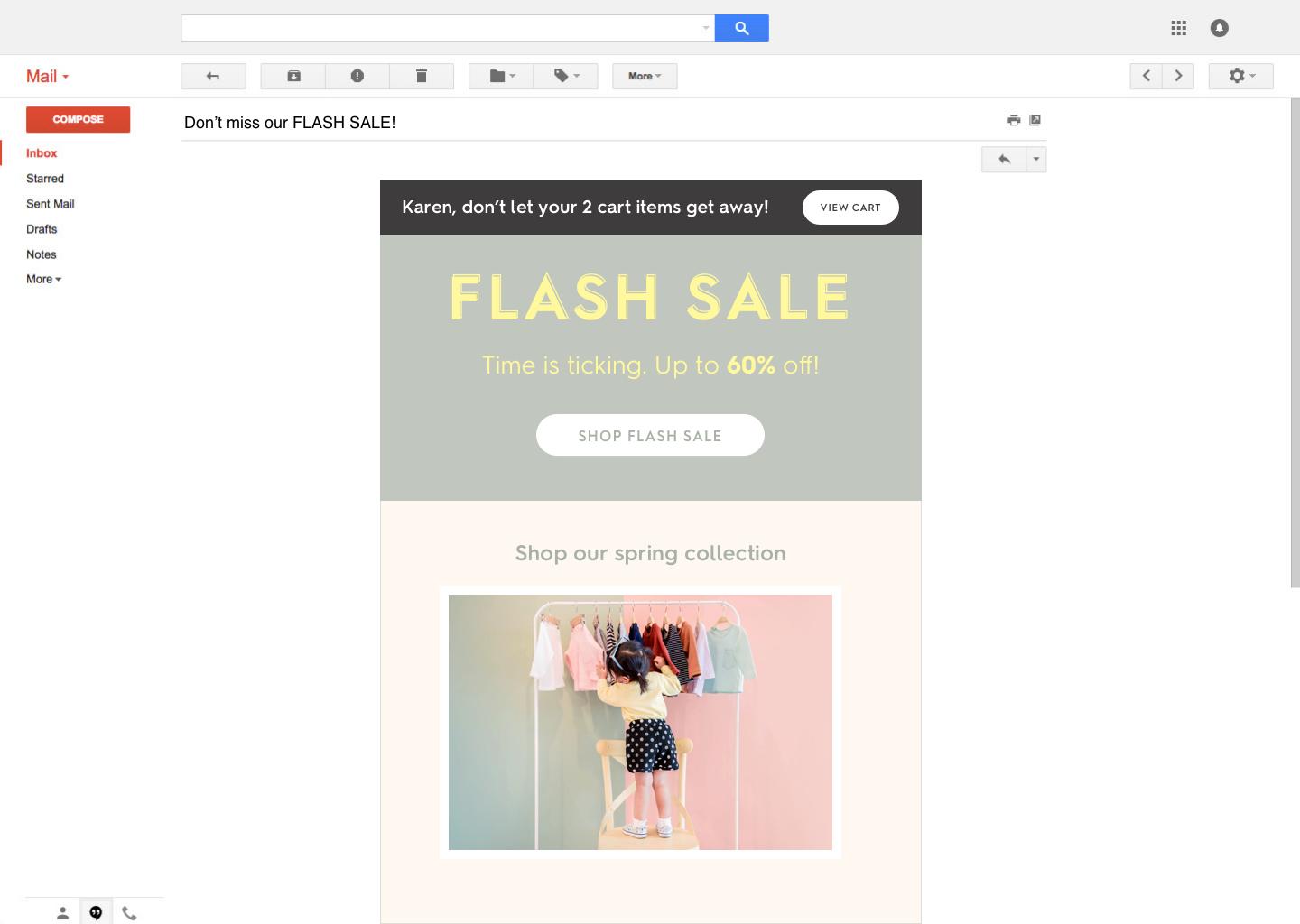
And, if you want to highlight a customers cart in any marketing email you send out, try using a notification bar. It’s is a gentle and unobtrusive way to remind your customers they have something in their cart and updates live.
Put these strategies in place and create a three email abandoned cart campaign that can drive more traffic back to your site and increase sales.
Grow your business and total sales



